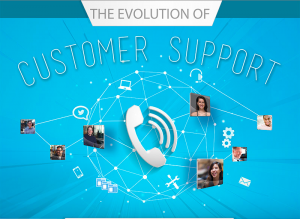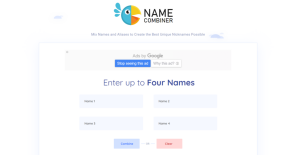Columnist Malcolm Cox discusses how conversational UI is impacting marketing and why simplifying the customer experience is the only way forward.

Apple’s new iPhone X is doing away with nearly everything but the screen. Now, we’ll only have to look at it for it to know that it’s us — without even having to touch it.
This brave new world of touchless, conversational interfaces will forever alter how we interact with our devices, with each other, with content and with brands and marketers. And although it’s a fairly recent innovation, the data already supports the impact of this newfound capability.
ComScore predicts that by 2020, half of all searches will not require a screen, as Siri and her friends attend to our every need. And the esteemed and omniscient Mary Meeker tells us that 65 percent of all US smartphone users are already using voice-controlled assistants.
So once again, we marketers are in the position of having to reckon with this rapidly changing landscape, altering our SEO strategies and thinking about how conversation UIs (user interfaces) will impact searches, context, conversions, attribution, brand safety and how we present and market our brands to consumers.
How conversational UI is impacting marketing
In today’s web-based browsing world, we enter a bunch of keywords into a search engine, and in return, we receive a selection of answers or options to choose from.
However, in a screenless world, we’re being sold on the vision that when you articulate a search, you will be served just one answer. Optimistically, it’s the right answer. If not, the built-in machine learning will get it right next time and eventually learn your preferences.
As utopian as this all sounds, let’s examine the oft-studied possibility that perhaps consumers don’t truly want choice. Think about your own behavior for a moment. If you’re anything like me, you want the illusion of choice, since often unfamiliar choices bring with them unknown risks — therefore, what you truly want is a level of certainty and quality.
Choice vs. safety
Behavioral economists have long told us that choice is an illusion. While the classic economists have told us that choice is a good thing and competition provides value and innovation, we as consumers want safety and reassurance, certainty and quality.
To-wit, there is an International Food Court near our office with more than two dozen or so counters with differing cuisines. There are easily hundreds of menu options to choose from. Yet, on my frequent visits, I order the same dish: spicy pork ramen with vegetables.
And no wonder. Watch any episode of Gordon Ramsey’s”Kitchen Nightmares,” where he highlights a struggling restaurant and attempts to turn it around. Inevitably, he does the same thing in every episode: He pares the menu choices in half. In a Q&A with the UK’s Channel Four, Ramsey explains:
The more dishes, the lower the standard. Start with a simple menu concentrating on quality produce cooked well, and you’re on to a winner. Your chefs will be more efficient, diners will be happy, and there shouldn’t be much wastage.
Now, with all this in mind, think of your own vacation-planning experience as a prime firsthand example. There is the tradeoff between that new, unfamiliar experience in a foreign country and that destination property you’ve visited previously and know everyone in the family will relax in and enjoy.
Simplicity is the future
And with this comes the pointer for our future digital success. The Harvard Business Review reported the findings of multiple surveys several years back. They predicted that the plethora of digital choices required brands to simplify the way they described their offer. To generate “stickiness,” customers need the simplest explanation of your offer and benefits.
And how do you simplify the experience in a world of touchless, conversational interfaces? Screenless marketing opportunities require us to rethink our AdWords search strategies. We need to simplify our messaging to better answer customer queries and reduce the clutter of choice to focus on the easiest solution to meet customer needs. Only then will we be able to thrive in this new landscape.
Our marketing efforts should focus on a simple customer experience to generate loyal fans. These, in turn, become our advocates and the most likely recommenders to become prospective customers of new brands.
Some opinions expressed in this article may be those of a guest author and not necessarily Marketing Land. Staff authors are listed here.
Marketing Land – Internet Marketing News, Strategies & Tips
(98)









